Best Time for Landscape Curbings
Landscape curbings are an essential element in defining outdoor spaces, providing structure and aesthetic appeal. Proper timing for installation ensures durability and optimal appearance, making it a crucial consideration for property owners and landscapers.
Spring and fall are generally the best times to install landscape curbings due to moderate weather conditions that facilitate curing and setting.
Avoid extreme heat or cold, as temperature fluctuations can affect the curing process and the longevity of the curbings.
Installing during periods of stable soil moisture prevents shifting or settling of the curbings over time.
Allow sufficient time for site preparation before installation, typically several days to weeks depending on the project scope.
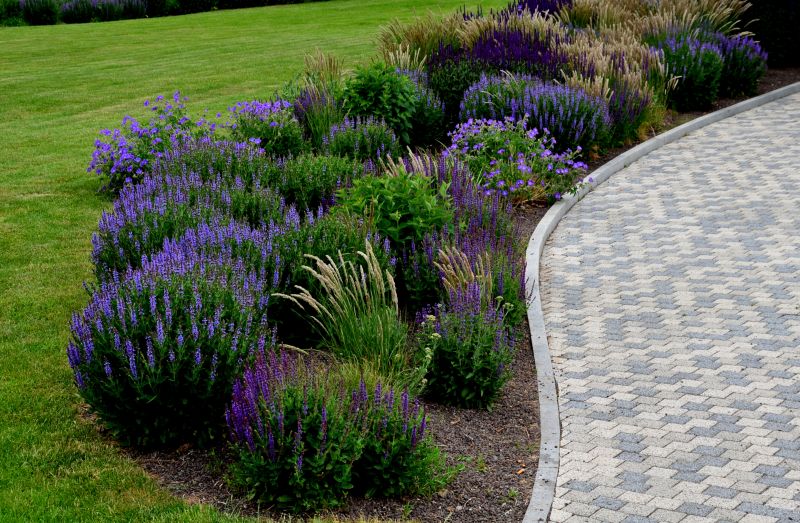
Ways to make Landscape Curbings work in tight or awkward layouts.
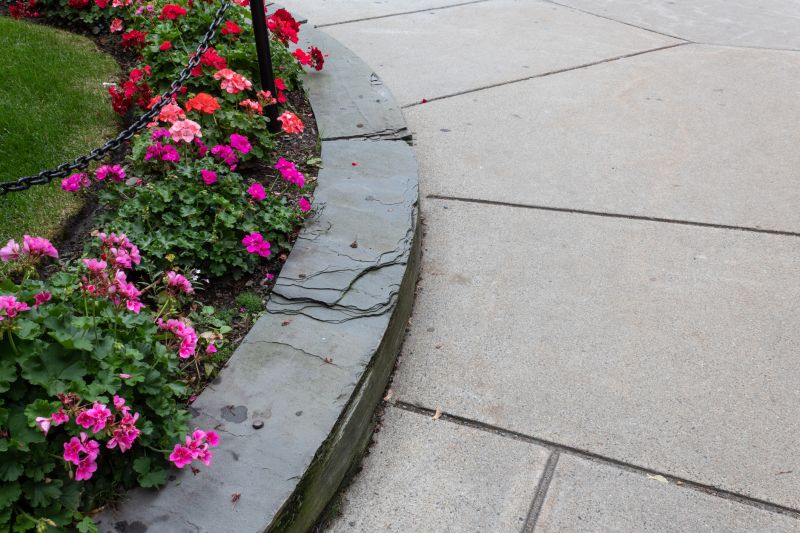
Popular materials for Landscape Curbings and why they hold up over time.
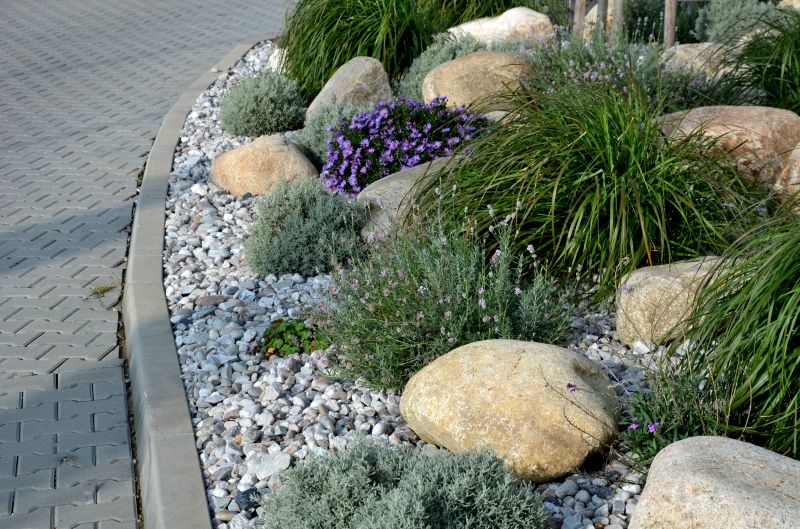
Simple add-ons that improve Landscape Curbings without blowing the budget.
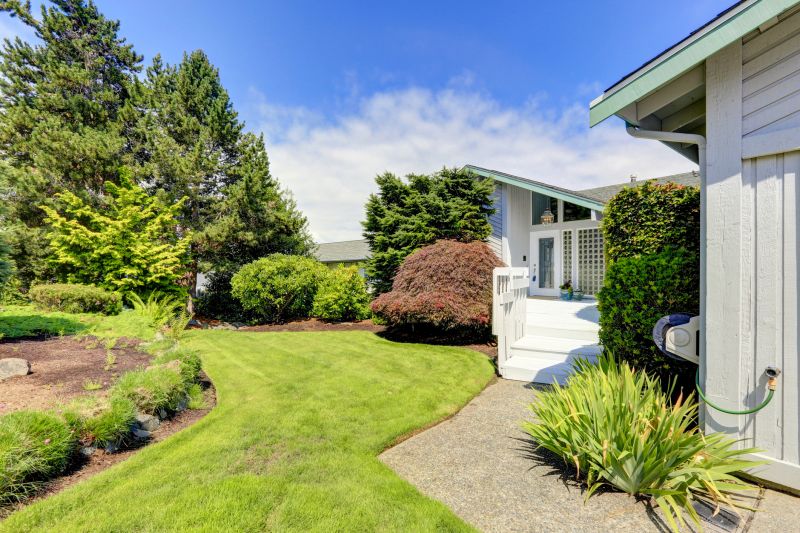
High-end options that actually feel worth it for Landscape Curbings.
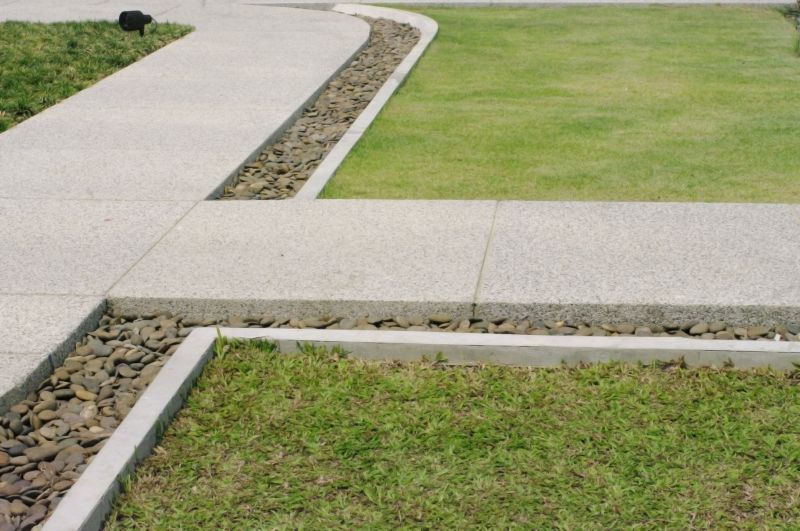
Finishes and colors that play nicely with Landscape Curbings.
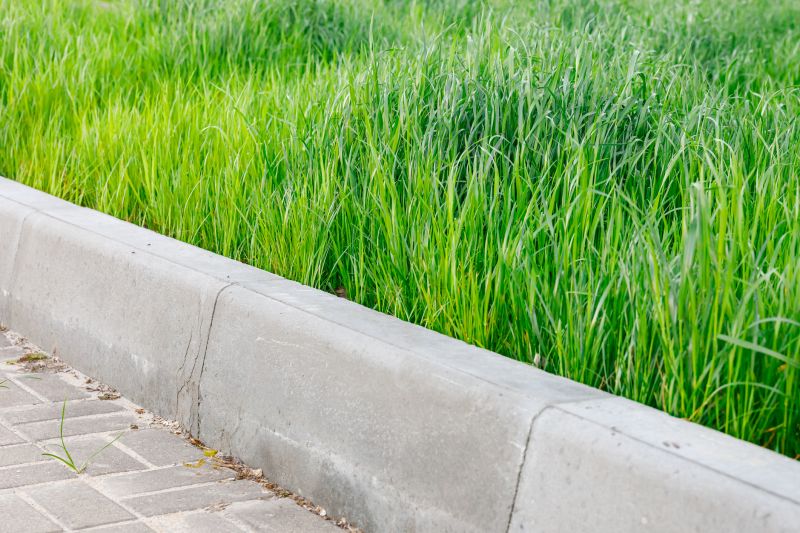
Little measurements that prevent headaches on Landscape Curbings day.
Landscape curbings enhance the visual appeal of outdoor spaces by creating clear boundaries and defining garden beds, pathways, and lawns. They can be made from various materials including concrete, stone, or brick, each offering different aesthetic and functional benefits. Proper timing and installation techniques contribute to their durability and appearance, ensuring they serve as a lasting feature in landscape design.
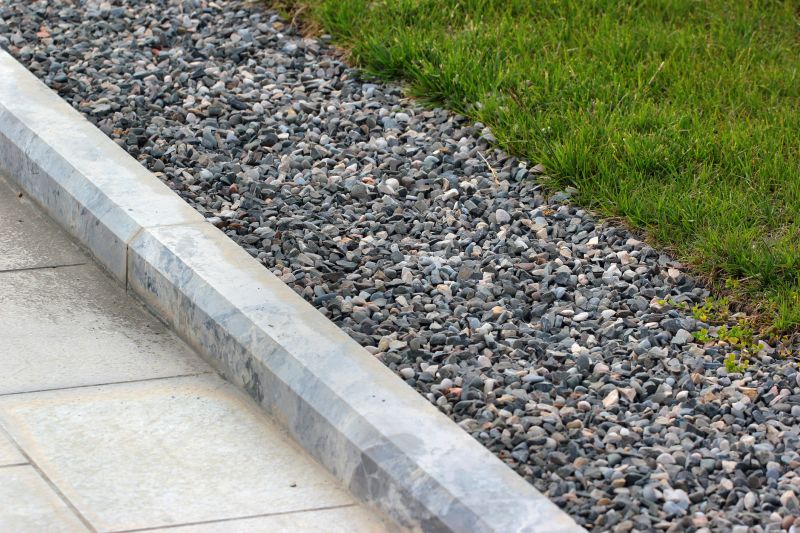
A 60-second routine that keeps Landscape Curbings looking new.

A frequent mistake in Landscape Curbings and how to dodge it.
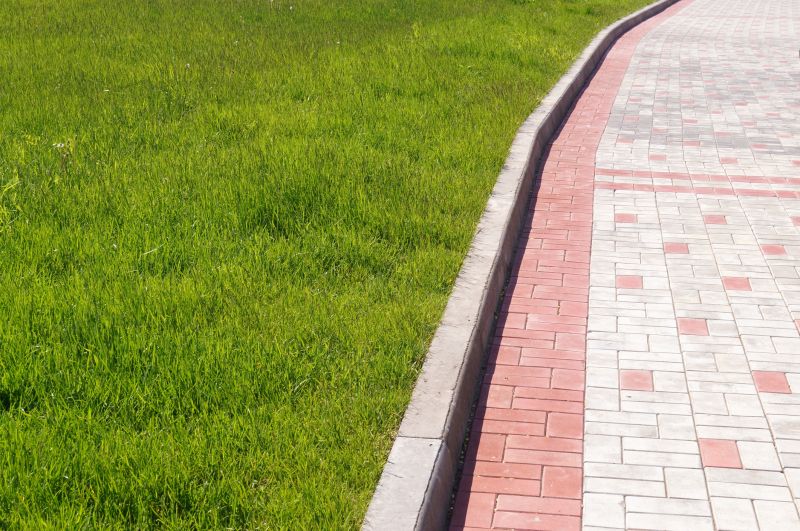
Small tweaks to make Landscape Curbings safer and easier to use.
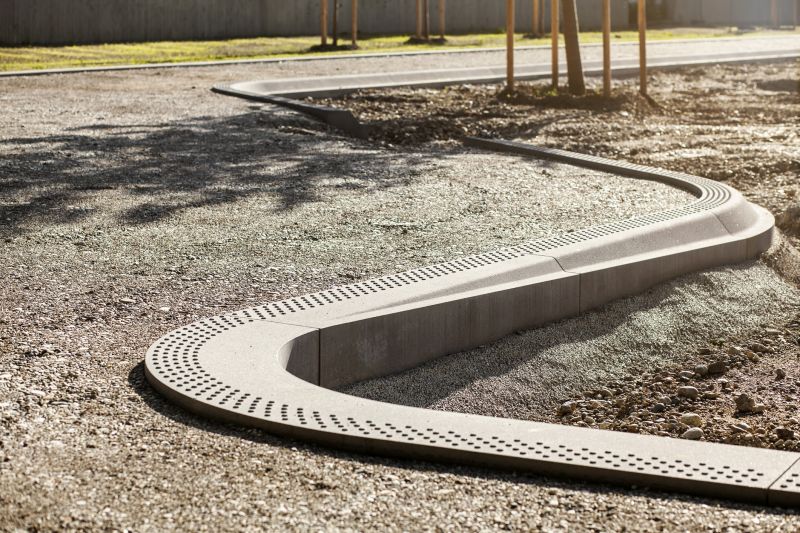
Lower-waste or water-saving choices for Landscape Curbings.
| Season | Advantages |
|---|---|
| Spring | Ideal for moderate temperatures and soil conditions. |
| Fall | Allows installation before winter, with cooler weather aiding curing. |
| Summer | Possible but requires precautions against heat and rapid drying. |
| Winter | Generally not recommended due to freezing temperatures and soil conditions. |
| Late Spring/Early Fall | Optimal transition periods for installation. |
Choosing the right time for landscape curbings involves considering weather patterns, soil conditions, and project timelines. Proper planning ensures the curbings are installed effectively, providing long-lasting structural and aesthetic benefits.

The short, realistic tool list for quality Landscape Curbings.
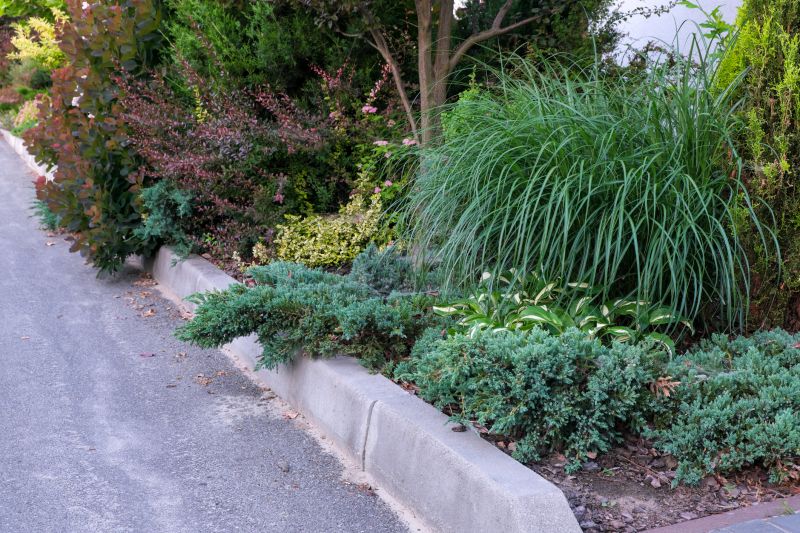
Rough timing from prep to clean-up for Landscape Curbings.
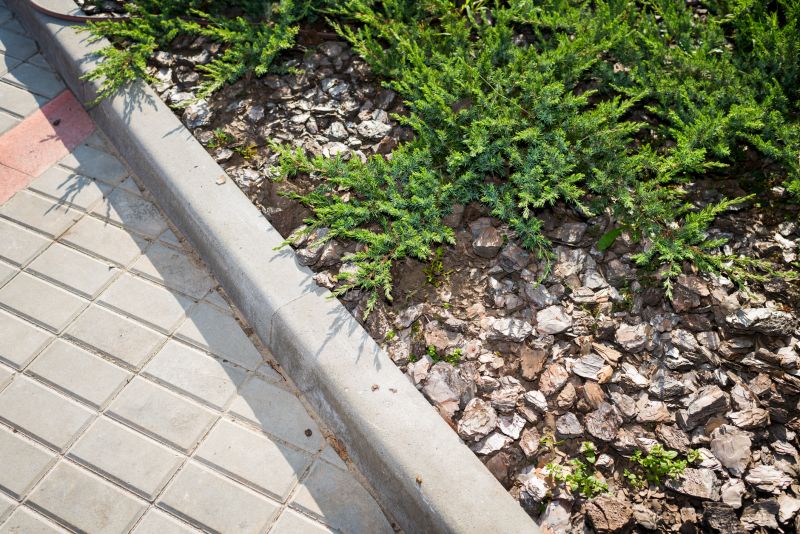
Quick checks and paperwork to keep after Landscape Curbings.
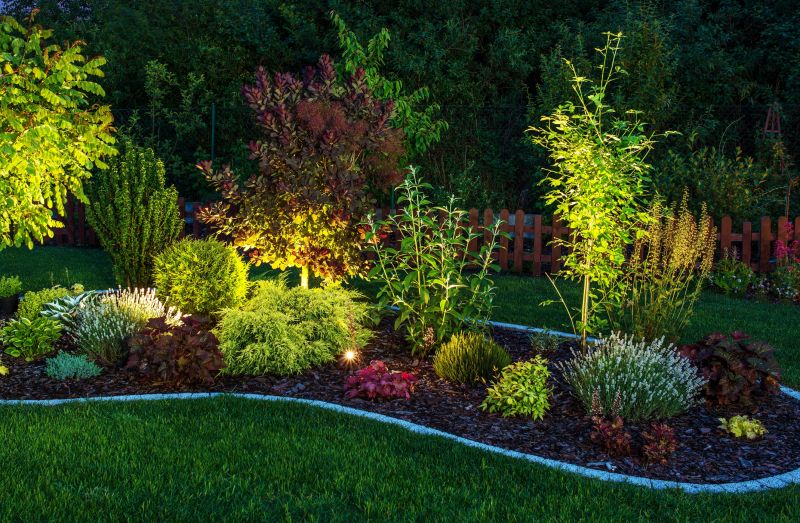
Examples that show the impact a good Landscape Curbings can make.
Interested in landscape curbings? Contact the relevant professional to discuss timing, materials, and design options to enhance outdoor spaces effectively.



